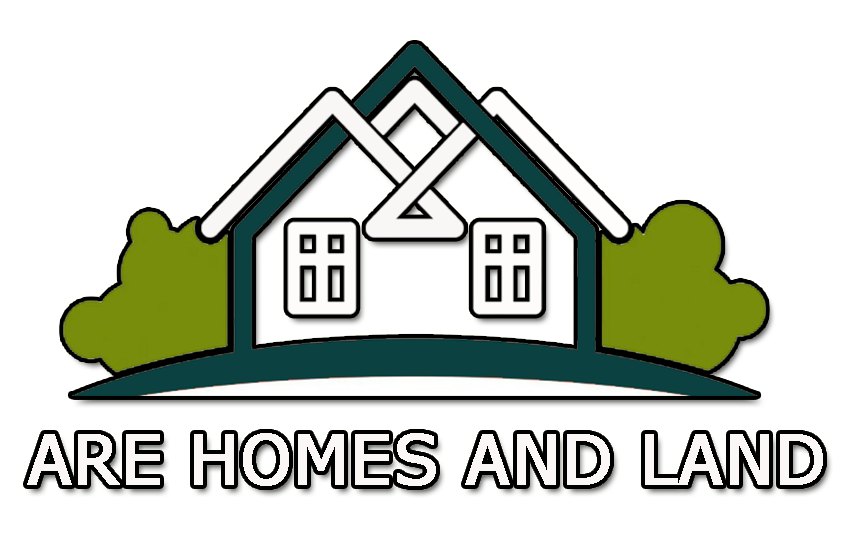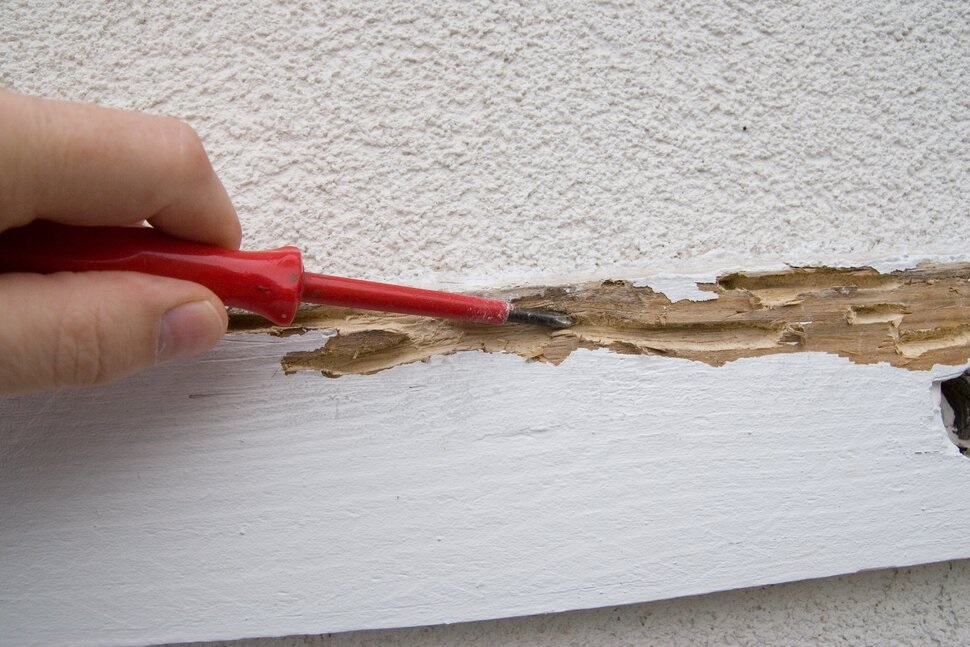One of the most damaging pests that may infiltrate a house is termites. They work silently, often undetected, causing significant structural damage before you even realize there’s an issue. If you suspect termites in your home or want to prevent an infestation, scheduling a termite inspection is a critical first step. One of the most common questions homeowners ask is, “How long does a termite inspection take?” Although there are a number of variables that affect the answer, being aware of the procedure might help you get ready for it.
The Basics Of A Termite Inspection
In order to find any indications of termite activity or damage, your property is thoroughly inspected during a termite inspection. Inspectors are trained to detect termite presence in even the most hidden areas. Your home’s exterior and interior, including difficult-to-reach areas like crawl spaces, attics, and basements, are usually inspected.
On average, a termite inspection takes about 30 minutes to two hours. The size and condition of your property, the extent of the possible infestation, and how easily the inspector can access important parts of your house will all affect how long it takes.
The inspection timeframe for a termite assessment varies depending on the size and complexity of the property, leading many homeowners to ask, “How long does a termite inspection take?” While larger properties may require more time, smaller homes can benefit from quick termite evaluations, often completed within 30 minutes to an hour, ensuring efficiency without compromising thoroughness.
Factors Impacting The Duration Of A Termite Inspection
The length of your termite inspection can vary depending on a number of circumstances, while 30 minutes to two hours is a reasonable guideline.
- Property Size
Naturally, inspection times for larger homes are longer. A small apartment may take less than 30 minutes, while a sprawling multi-level house with extensive outdoor areas could require closer to two hours.
- Type Of Structure
Certain building materials and designs make termite inspections more complex. Homes with wood siding, decks, or multiple crawl spaces may require additional time for a comprehensive review.
- Clutter And Accessibility
The inspector needs easy access to walls, floors, and structural elements of the house. If areas are cluttered or obstructed, it may take longer to inspect these spaces. Clearing out basements, attics, and storage rooms beforehand can speed up the process.
- Level Of Infestation
If signs of termites are evident, the inspector will spend more time investigating. They may need to inspect nearby structures or delve deeper into problem areas to determine the extent of the damage.
What Happens During A Termite Inspection?
A professional termite inspection involves more than just a cursory glance at your property. Here’s a breakdown of what you can expect:
- Exterior Examination
Inspectors start by evaluating the exterior of the home for signs of termites. This includes looking for mud tubes, damaged wood, or swarmers near the foundation, windows, and doors. They’ll also check landscaping features, such as trees, stumps, and wooden fences, as these can harbor termites.
- Interior Assessment
Inside the home, the inspector will examine walls, ceilings, baseboards, and other wooden structures for evidence of termite activity. This may include looking for visible damage, hollow-sounding wood, or the presence of frass (termite droppings).
- Use Of Tools And Technology
To ensure accuracy, some inspectors use specialized tools such as moisture meters, thermal imaging cameras, or borescopes. These tools allow them to detect termites in areas not visible to the naked eye, which can slightly extend the inspection time.
- Report Preparation
After the inspection, the professional will prepare a detailed report outlining their findings. This includes information about any termite activity, the extent of damage, and recommendations for treatment if necessary. This final step can take additional time if conducted on-site.
Tips To Ensure A Smooth Inspection
Preparing your home before the termite inspection can help streamline the process and ensure thorough results:
- Clear Clutter: Make sure basements, attics, and storage areas are accessible.
- Trim Vegetation: Keep bushes, trees, and other landscaping away from your home’s foundation.
- Notify The Inspector Of Past Issues: If you’ve had termites before or suspect problem areas, inform the inspector so they can focus on those spots.
Why A Timely Inspection Matters?
A termite inspection may seem like a minor inconvenience, but it’s a crucial step in protecting your home from significant damage. Repairs and treatment expenses can be reduced by thousands of dollars with early detection. Additionally, regular inspections help maintain the value of your property, especially if you plan to sell in the future.
Waiting too long to address a termite issue can lead to extensive structural damage, making repairs more time-consuming and costly. For peace of mind, scheduling an annual termite inspection is a proactive way to safeguard your investment.
Conclusion
Depending on the size and intricacy of your property, a standard termite inspection might take anywhere from thirty minutes to two hours. While this may seem like a small time commitment, the insights gained from a professional inspection are invaluable in protecting your home from the costly damage termites can cause. By preparing your home and understanding the process, you can make the inspection as efficient and effective as possible. A crucial component of house upkeep is routine termite inspections, which guarantee that your property is safe, sound, and termite-free.


